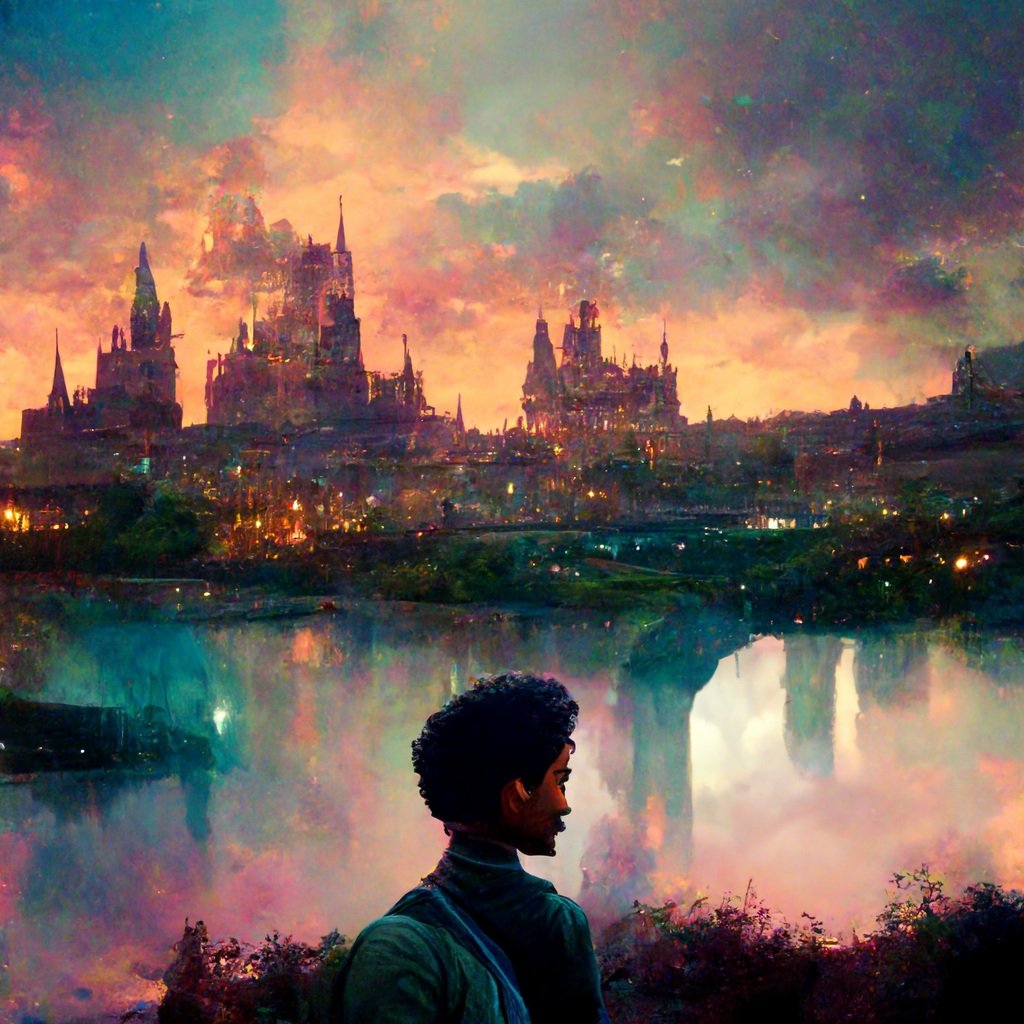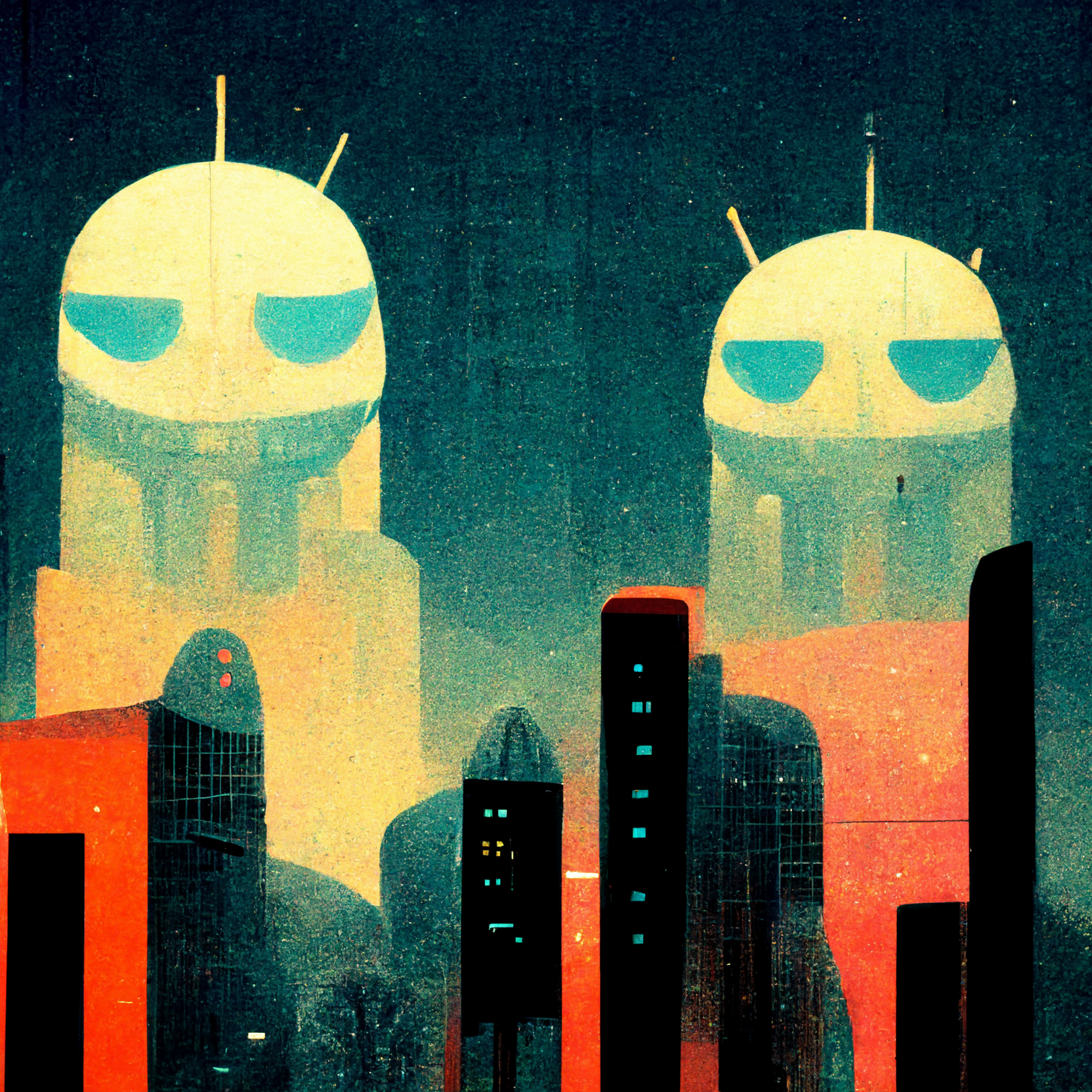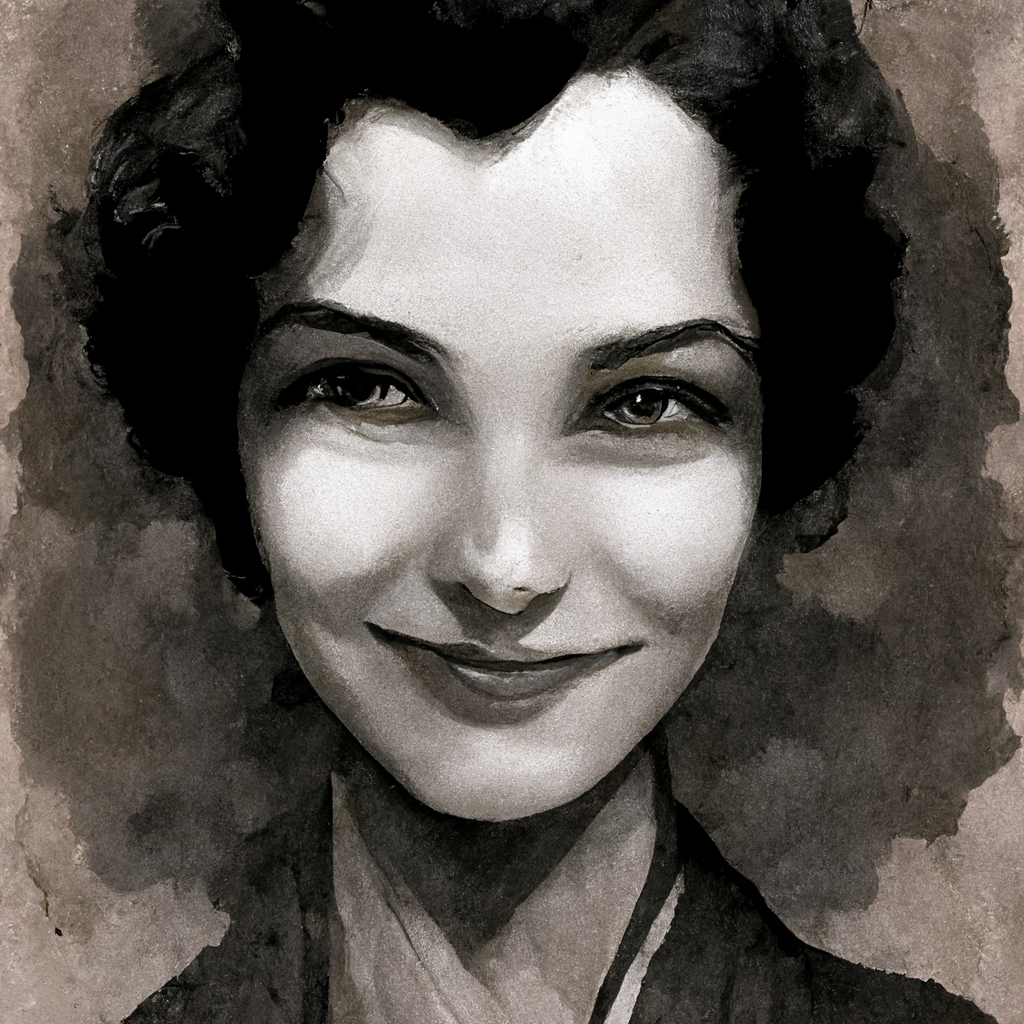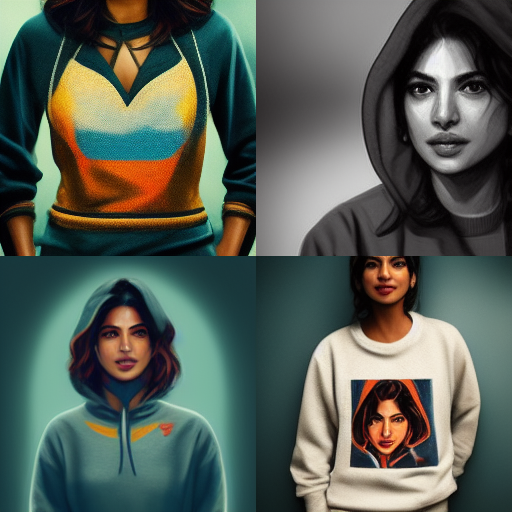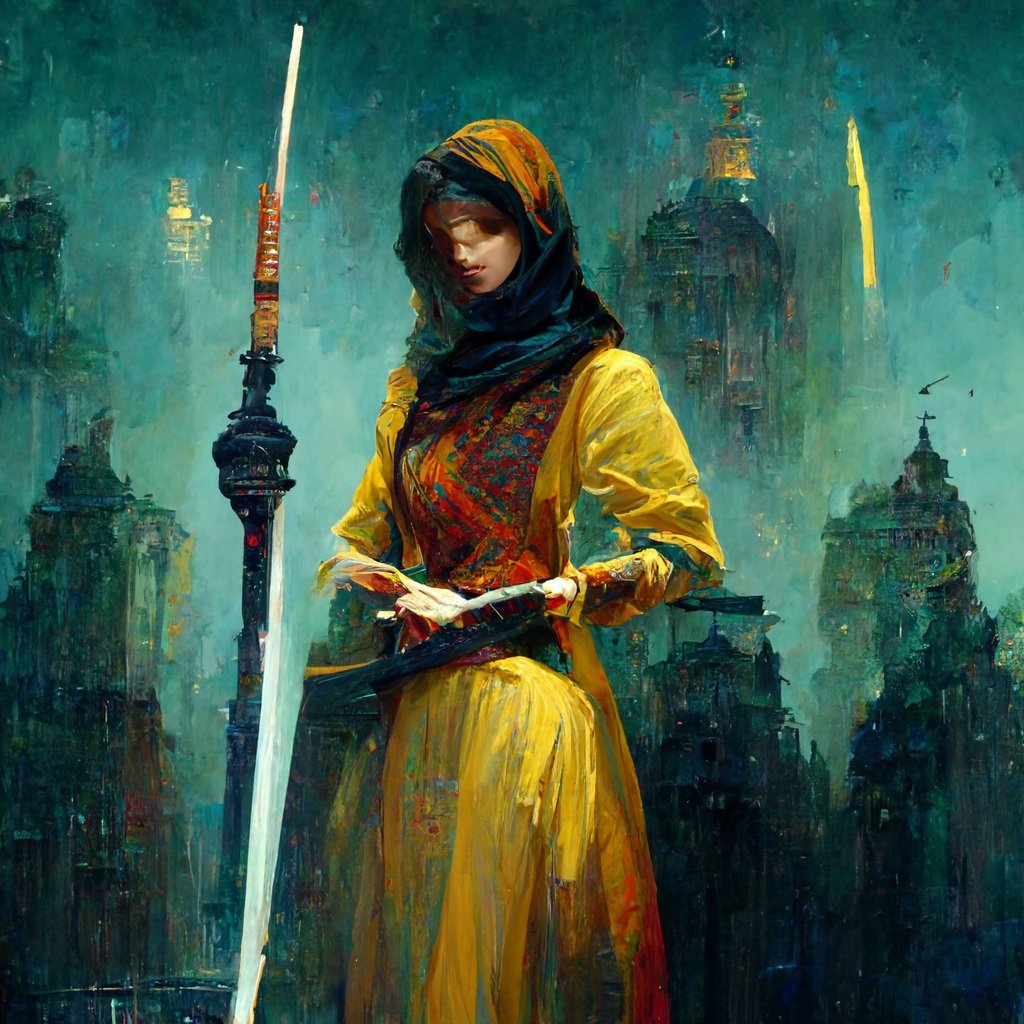The end of the year is always a bit of a weird time for me. I like the colder weather, but with it, comes a little less outdoor time and a lot more cozy evenings by the fire (now that we have a fireplace). The nights are longer and the days are shorter, and as soon as December 1st hits, I tend to feel like I'm in a period of stasis.
I'm not big on the holidays, so for me, December is a time of waiting. While everyone else is rushing around doing this and that and prepping for whatever days they're celebrating, I'm staring out my window at the changing season, contemplating the progress I made during the year, and waiting for that initial burst of new year energy I get on January 1st.
I almost never set new goals in January, but instead, double down on my old ones. I have new bench press goal weight for 2023, but I'm simply continuing my routine from the last two years. I have a new publishing goal, too, but it's simply a continuation of my business plan I've been plugging away at for the last four years.
But right now, I'm not really thinking too much about January, but instead waiting. Letting the time pass. It's the only way I really know how to rest. I watch the sun come up in the morning and go down at night. I watch the leaves pile up in the grass. I watch the birds ravage the feeders, and the cat get fluffier and fluffier as the temperatures get colder.
December trucks past, the slowest month of the year, and then when January hits, I hit the ground running.
Looking back makes the year feel slow, but also, so incredibly full.
This year, 2022, I published 8 books:
Midnight Flight, book 8 in the Rove City series
Building An Author Brand That Suits You (under A. J. Sieling)
Breath of Fire, book 6 in the Land of Szornyek series
Fog & Flame, book 7 in the Land of Szornyek series
The Bald Princess and Other Tales, a book of original fairy tales
I also graduated from my fake master's degree program (yay me!), and completed the process of getting the audiobook editions for the first three books in the Land of Szornyek series up and available on your preferred audiobook retailer. In addition, I produced AI audiobook versions on GooglePlay for my non-fiction series for authors, Writer's Reach, and all three books in the Aria's Song series. All this on top of participating in my sister-in-law's wedding, taking several trips to visit family, undergoing a routine surgery, and giving 15 workshops for various conferences and writer's groups around the world.
Coming up in 2023, you'll be seeing at least two new books in the Rove City series, if not three; How To Pants A Novel under the A.J. Sieling pen name; another book of original fairy tales, and the beginnings of two brand-new series—and more.
I'll also be continuing to share art with my patrons, and they'll continue getting all of my books for free (ebook versions, through BookFunnel).
I hope your year was filled with more good than bad, and I'll be back in 2023!
